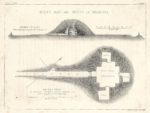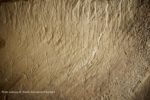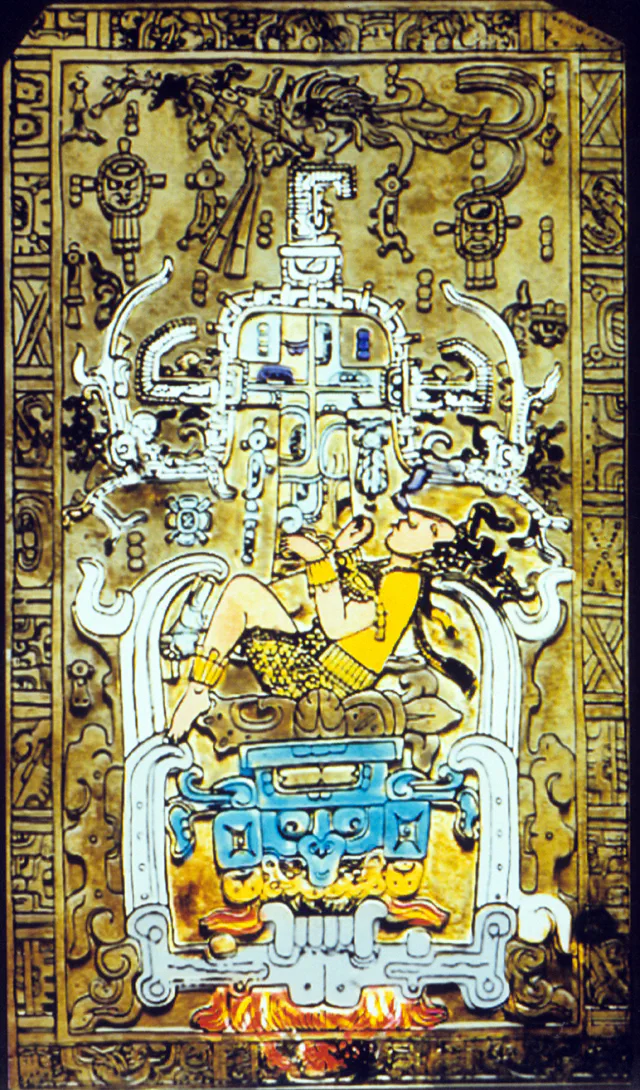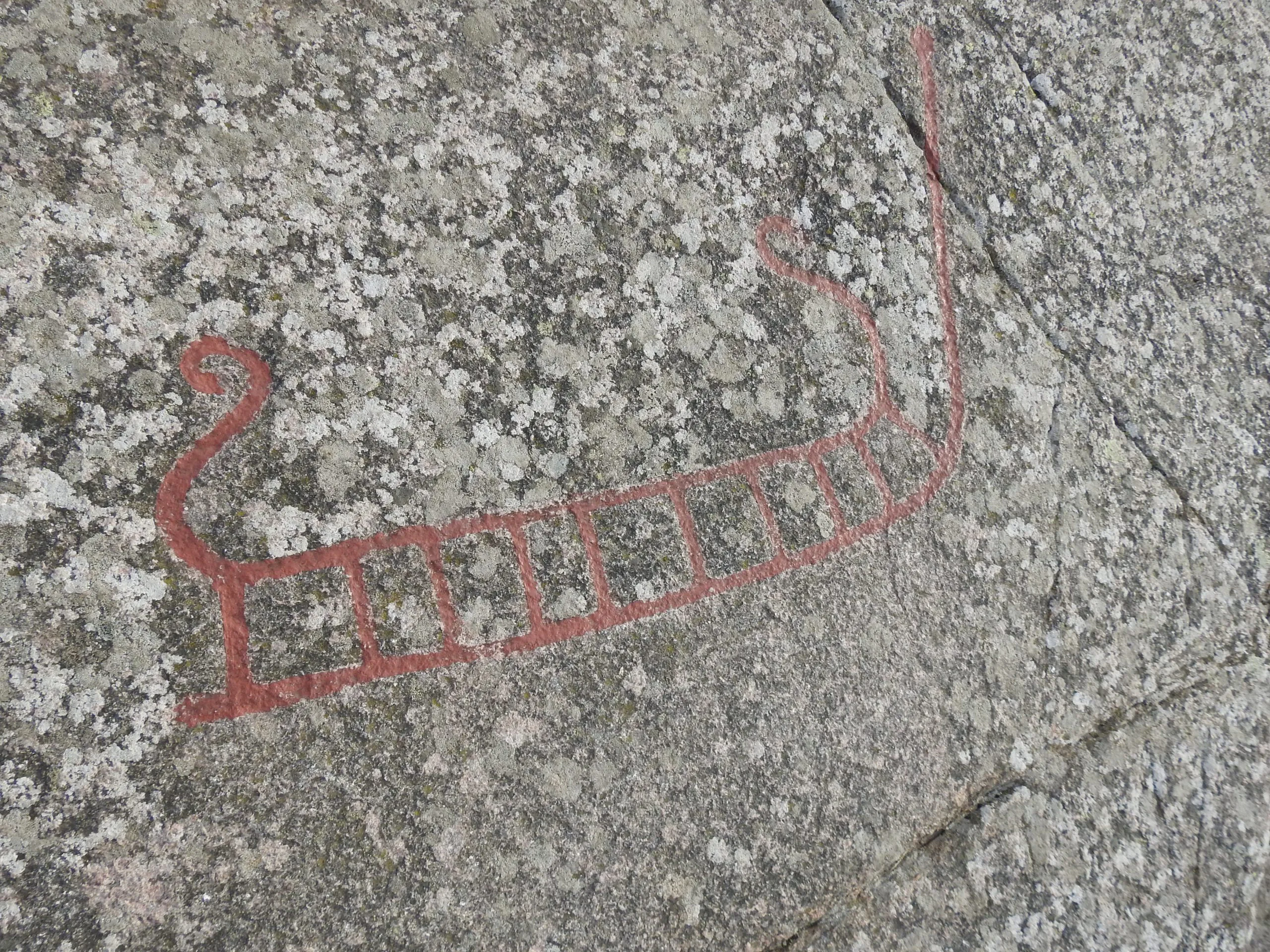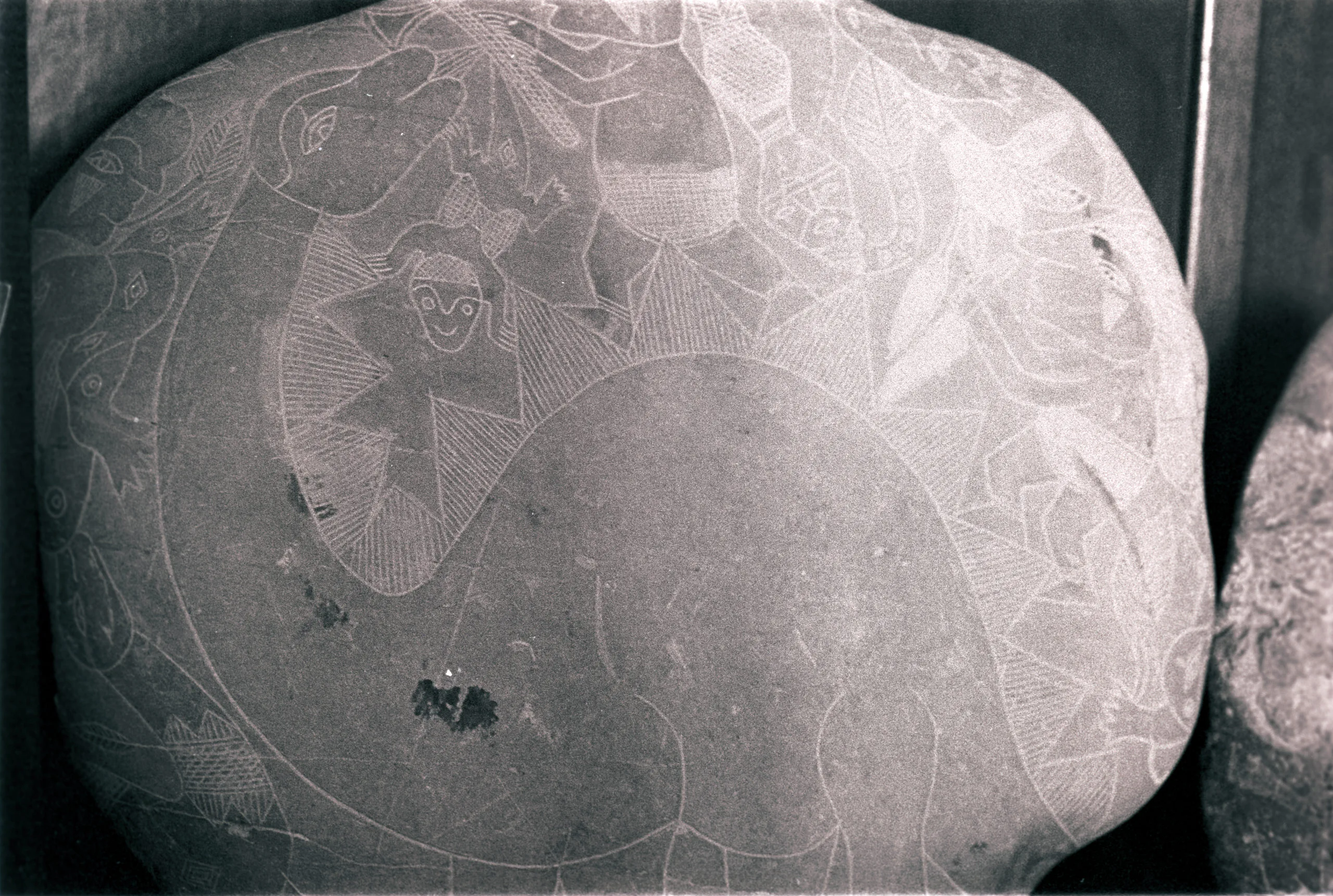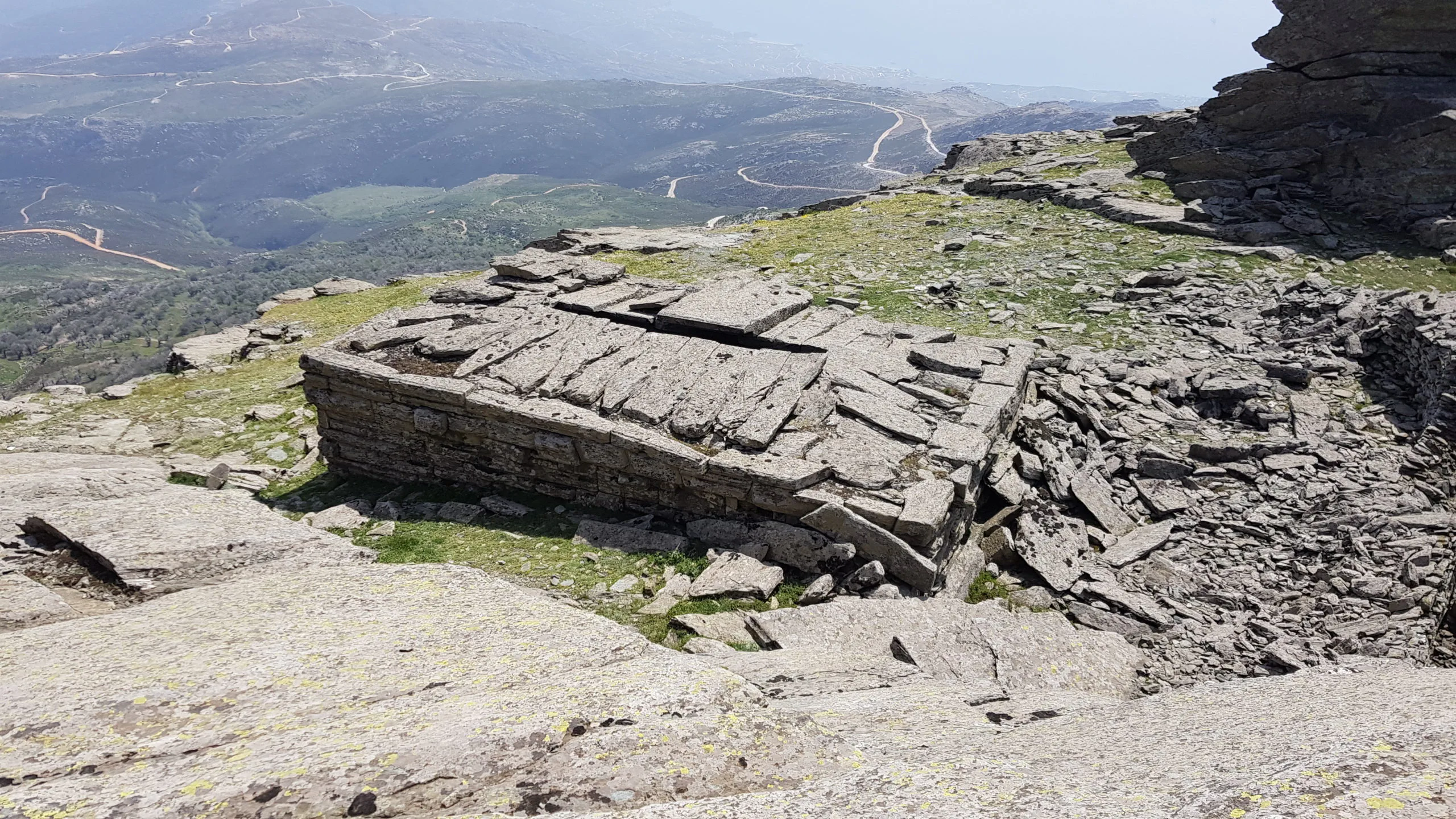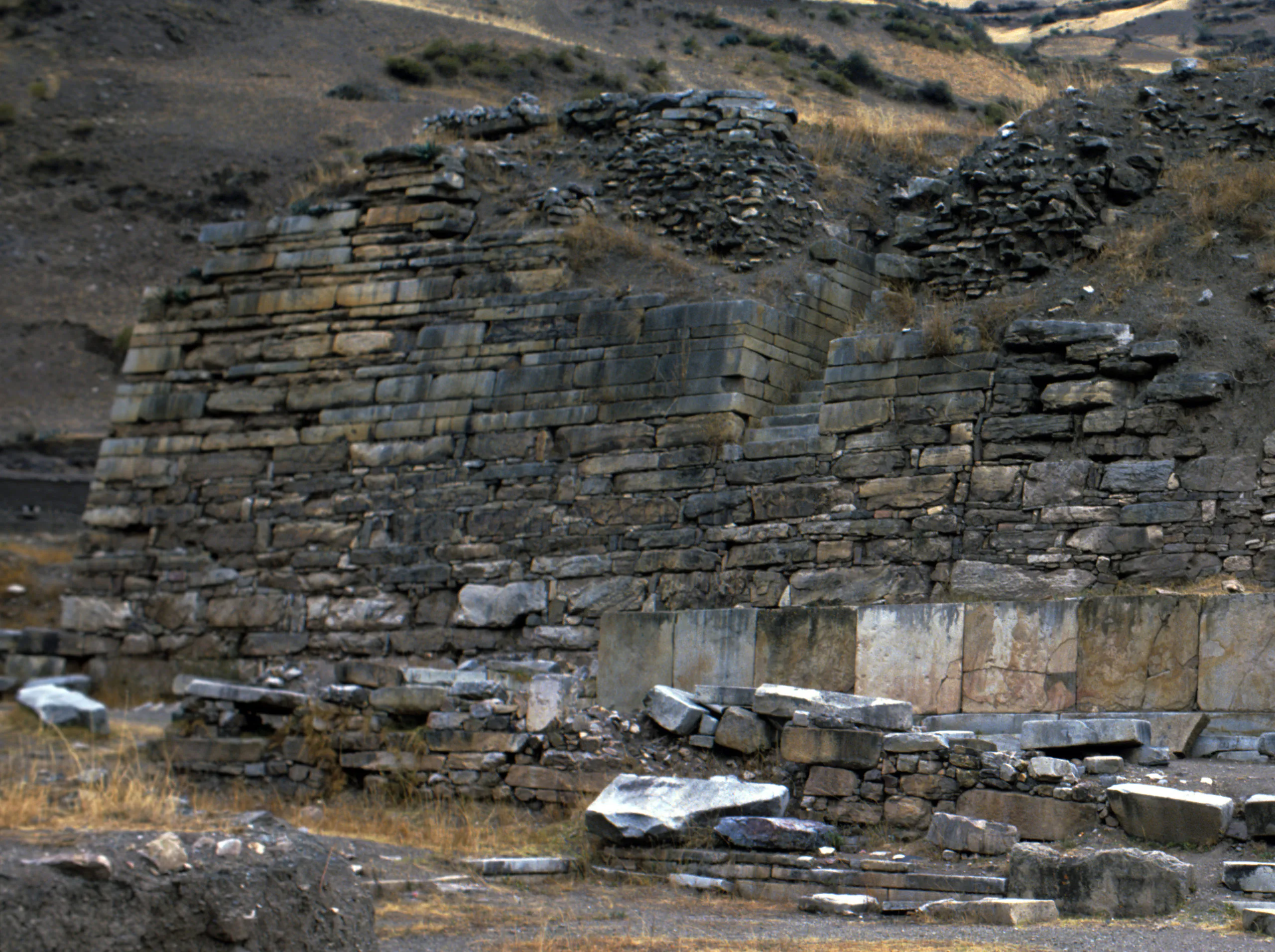Maeshowe
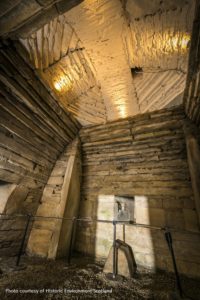 Real X-File ID: 5472
Real X-File ID: 5472
Report Date: 04/25/2020
Country: United Kingdom
Place: Mainland Orkney, Scotland
Fingerprints: Traces of ancient advanced engineering-skills, Traces of ancient advanced astronomical knowledge, megalithic accoustic FX
Existing Facts Sources: Pictures that obviously proof advanced engineering-skills or any other anomaly or strange behaviour, Internet video (Youtube, Vimeo…)
Summary Report:
Maeshowe is a chambered cairn build 2.700 B.C. on the Orkney Islands, Scotland.
It is a very fine example of the architectural skills the megalithic builders had long time ago. The mound of Maeshowe is 7 m high and 35 m in diameter, it has a main chamber (4,7m x 4,7m, 3,8 m high) and 3 side chambers build out of sandstone blocks, the heaviest weighs 3t. In the 12 century A.D., vikings carved 30 inscriptions in the sandstone walls, it is one of the largest collection of runes in Europe. There is a special alignment at Maeshowe, at winter solstice the last sun rays shine through the 11 m long passage, illuminating the main chamber (same as Newgrange, Ireland). It marks the end of the darkest time of the year, when the light is returning again. Another interesting fact is the acoustics at Meshowe, there are parts of extrem high and low sound which have been analyzed by Dr. Aaron Watson. The West Mainland of Orkney has a lot more ancient monuments such as the Standing Stones of Stenness, the Ring of Brodgar and Skara Brae.
Excerpt from http://www.orkneyjar.com:
After repeated visits to measure and record audio data, Dr Watson is of the opinion that sound played an integral part in the rituals and ceremonies surrounding sites such as Maeshowe and the Ring of Brodgar.
His research shows that certain prehistoric monuments exhibit specific sonic effects – effects that would have been impossible for Neolithic man to explain. As such, were they interpreted as having an “otherworldly” source?
At Maeshowe, for example, specific pitches of vocal chant, as well as drumming, inside the cairn produced specific, unsettling, effects in those present.
In the chamber, the behaviour of sound was seen to be considerably different from that of the outside world, with the ancient stone walls amplifying noise to create a variety of audio effects.
One of these effects is the phenomenon known as “standing waves”. These produce distinct areas of high and low intensity as the sound waves interact – either cancelling each other out, or combining to enhance, the sound.
This effect means that by moving through the chamber, the listener experiences areas of high and low volume that appear to have no relationship to the source of the sound.
…. In Maeshowe, a drum was used and the researchers discovered that the correct frequency was 2 hz. This is an “infrasonic frequency” which means that, although inaudible to humans, it can be felt as distinct physical, or psychological, sensation.
Test subjects reported the feeling that sounds were emerging from inside their head and body. They experienced feelings of dizziness, nausea, headaches, flying sensations and also that their pulse-rate was being affected.
Dr Watson suggests that prolonged exposure to these “sounds” could have had a profound effect – an effect that Neolithic man could only ascribe to the supernatural.
So were the tombs built with these scientific phenomena in mind?
Links: https://www.youtube.com/watch?v=_DX-OBFdUTE
http://www.orkneyjar.com/history/maeshowe/index.html
Facts Source Details:
Details of Internet Video: Dr. Aaron Watson,,http://www.orkneyjar.com/history/tombs/tombacoustics.htm
Pictures:

